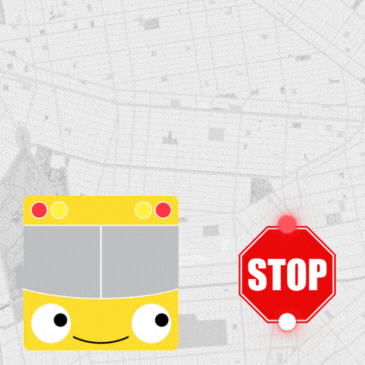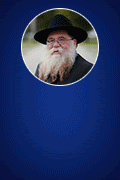Visitors discuss a new exhibit at the central Chabad-Lubavitch library in New York.
A new exhibit at a Jewish archive in New York City is shedding light on the dissemination of religious material in the days before the printing press.
Comprised of old manuscripts, fading marriage certificates and handwritten editions of the Talmud – once consigned to be nothing more than filler for the bindings of printed books – the display at the central Chabad-Lubavitch library in Brooklyn represents the collective discovery of staff members cataloguing the library’s vast holdings.
Exhibit Showcases Jewish Scholasticism Before the Printing Press
A new exhibit at a Jewish archive in New York City is shedding light on the dissemination of religious material in the days before the printing press.
Comprised of old manuscripts, fading marriage certificates and handwritten editions of the Talmud – once consigned to be nothing more than filler for the bindings of printed books – the display at the central Chabad-Lubavitch library in Brooklyn represents the collective discovery of staff members cataloguing the library’s vast holdings.
According to Rabbi Sholom Ber Levine, chief librarian and archivist at the Library of Agudas Chassidei Chabad, the parchment documents also reveal a practice used by early printers, who compressed old manuscripts together to make covers for newer versions of the Talmud.
“When we were cataloging the library,” says Levine, “I felt that several of the covers were very flimsy, and that the bindings were comprised of many layers.”
The rabbi’s hunch proved correct when he took the material to a lab to extract the individual pages. The resulting treasure included several pages of the Talmud dating from before the first Jewish book was printed in the last third of the 15th century.
Levine says the find has enormous value to scholars, who examine minute variations between different versions of a text.
Also known as Ohel Yosef Yitzchak-Lubavitch, the library is named after the Sixth Lubavitcher Rebbe, Rabbi Yosef Yitzchak Schneersohn, of righteous memory. Located in the Crown Heights section of the city, it houses close to 250,000 published volumes, many of them rare, and tens of thousands of antique documents and manuscripts.
Among its collections is a prayer book used by the founder of Chasidism, the 17th-century rabbi known as the Baal Shem Tov, whose tears stained some of the book’s pages.
While many of the library’s historic items can be viewed by the public, Levine says visitors will only find photographs of the priceless prayer book.
“The Rebbe,” he says, referring to Rabbi Menachem M. Schneerson, of righteous memory, “didn’t even want to touch the prayer book, due to its aura of holiness. We felt that it would not be appropriate to put it on display.”
Article Continued at Chabad.org – From the Archive to Exhibit












